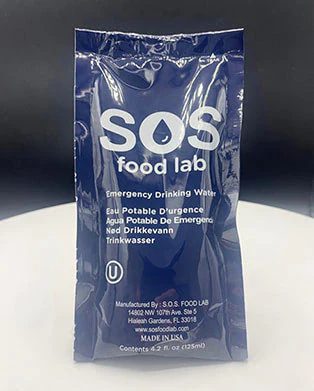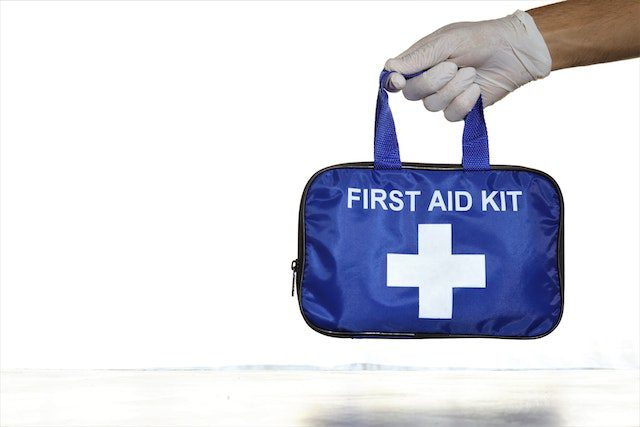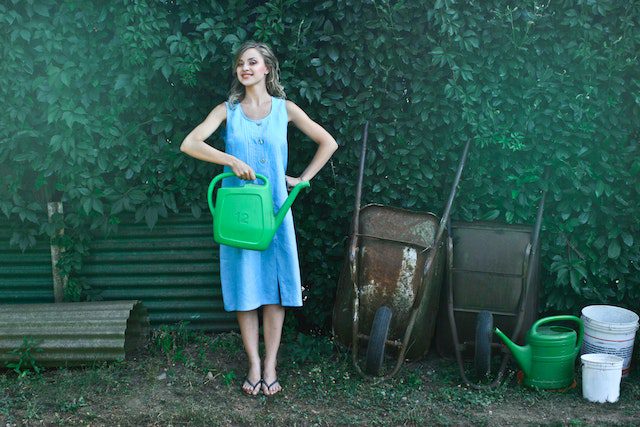Prepping and the survivalist mentality doesn’t need to be a small section of people concerned only with emergencies and future disasters. Prepping can be for everyone. Staying informed, stocking up on necessary items, and preparing for not-so-great times are the building blocks of survivalism. If the extreme vision of disaster is taken out of the equation, we are left with something simple that most Americans used to do on a daily basis for centuries: homesteading. Building and maintaining a sustainable (or semi-sustainable) existence lends a hand easily to everyday life, emergencies, and yes, disasters, should they occur. In 2023, this looks like local and home-sourced food, stocking up on essentials, and the knowledge of basic skills that haven’t been taught regularly for a long time.
Starting Your Survival Garden
Practicing long-term self-sufficiency can be a huge asset, says Alderleaf Wilderness College. Skills like gardening, baking, and basic repairing can build up your food, knowledge, and value to not just yourself, but others around you. Gardening, in particular, is an incredible source of survival. You don’t need an acre of land, says the article, just a sunny windowsill, at first, will do. Get used to growing herbs and small plants that lead you to eventually growing vegetables in sunny patches of your yard or community garden. Although experts say there is no amount of home gardening that could fully support a family, they do say that about 50 people could work together to attain this goal. The Guardian says the first thing you’ll want to cultivate is friends for this endeavor.
Homesteading also includes protection against natural disasters, which means preparing for power outages and water loss. One of the key items to stock up on is water. FEMA suggests storing at least one gallon per person per day, for a two week supply. Buy commercially bottled water and keep it in a cool, dark place, says Ready.gov. We recommend SOS Extended Life Emergency Water Pouches—each pouch is easy to open, store and best of all, has a shelf-life of up to 10 years.

Another way to ensure safety from a disaster is to have a basic understanding of how the systems work in your home. Whether you live in a high-rise condo or on a sprawling farm, knowing how to make small repairs, how your water systems work, and a basic knowledge of your home will give you the edge in an emergency, says Alderleaf Wilderness College.
What You Need to Know and Have in Case of an Emergency
Being self-sufficient, even short term during an emergency will help greatly, says the Deschutes County Sheriff’s Office. Sometimes, law enforcement isn’t able to get to emergencies as quickly as they’d like to because of power outages, road blockages, or severe circumstances. Getting yourself prepared can save your life. Having a shelter, food, first aid, water, and sanitation for at least three days is the target, says the article. Tools, bedding, clothing, and any special items, like medication, should also be considered when preparing for an emergency.

Whether you are prepping for a short term emergency, or looking to become a self-sufficient homesteader, it isn’t a niche anymore to think about surviving. Although it’s not a pretty thought, preparing for the worst could help you greatly in the future.
Guides for Survival in 2023 and Beyond
We encourage you to explore our survival and prepping guides. Here are some articles we think you’ll find practical and useful.
Emergency Bags: Everything You Need for Any Disaster
Safety Planning: What Your Children Need to Know
Emergency Car Kit: Everything you Need
What is a Category 4 Storm and How Can I Prepare Myself?
All You Need to Know about Hurricane Preparation
Survival Basics: How to Prepare For An Earthquake
Emergency Prep: The Basics of Situational Awareness to Keep you Safe
